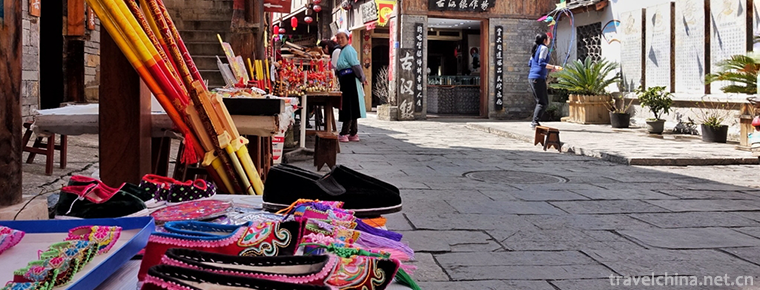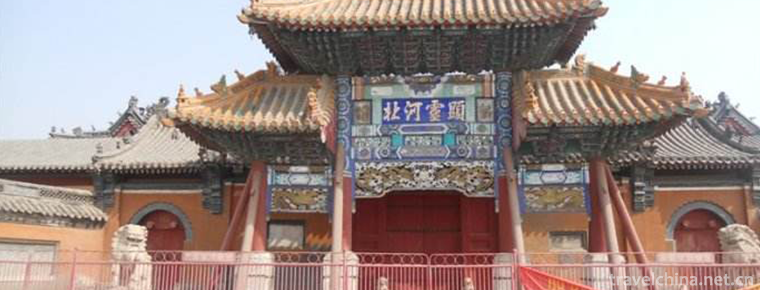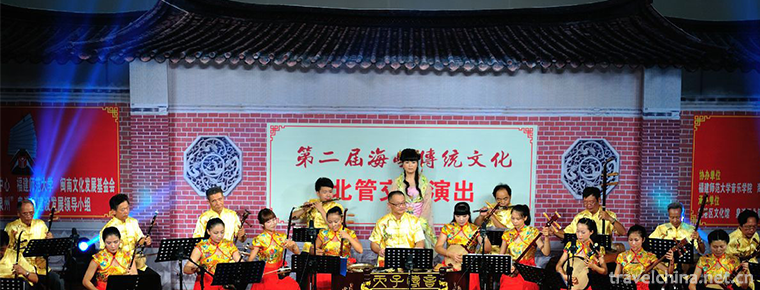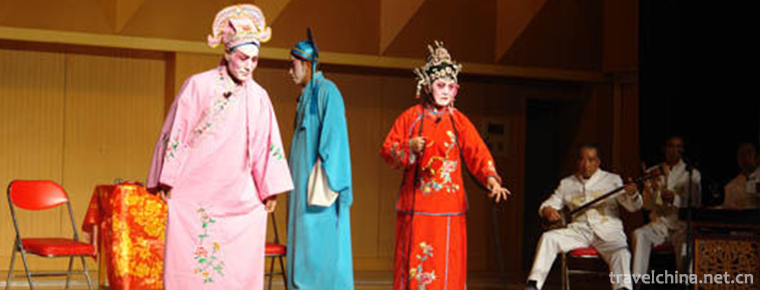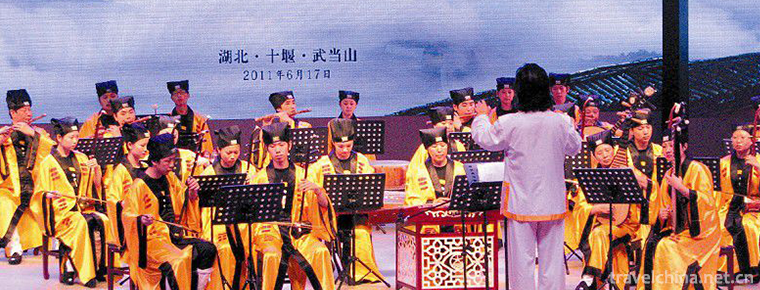Zhou Qiao old street
Zhou Qiao old street
Zhouqiao Old Street is a national AAAA tourist attraction. The old street of Ximen in Jiading is located on the west side of Bole Square in downtown Jiading, which retains the characteristics of ancient dwellings in Ming and Qing Dynasties. Located in the center of Jiading Ancient Town, it is the busiest and liveliest place in the ancient town. Here the river is vertical and horizontal, and the river system is developed. The Ming and Qing streets, which are only one river away after the renovation, are officially open to tourists.
Summary
Just a week ago, a Ming and Qing street just a river away from the renovation was officially open to tourists.
Sketch
There were human activities in the area of Ximen Old Street in Jiading as early as the Pre-Qin Dynasty, and settlements were formed in Tianjian Period of Nanliang (502-519). Jiading in Tang Dynasty was named "Lianqi City" because of Lianqi River. In the ten years of Jiading in Southern Song Dynasty (1218), there was a county government, named "Jiading" according to the year number. Jiading Town is the commercial, cultural and tourist center of Jiading District, covering an area of 4.17 square kilometers. In October 2008, Jiading, an ancient town, was recognized by the Ministry of National Construction as "a famous historical and cultural town in China".
Jiading Bridge is the root of Jiading. Since the county was founded in 1218, it has not been moved for 800 years. It is the birthplace of Jiading's history and culture. Within these thousands of steps, the ancient pagodas, stone streets, old bridges, old temples and famous gardens of the Song, Yuan, Ming and Qing dynasties have been gathered, with vast humanities and profound connotations. Tourists can visit Huilongtan, Confucian Temple, Fahua Tower, Qiuxia Nursery and other ancient scenic spots. They can also visit the Bamboo Carving Museum, Luli Shao Art Academy, and view the old streets on both sides of the Cross River, taste snacks, and look for the impression of Jiangnan ancient city civilization.
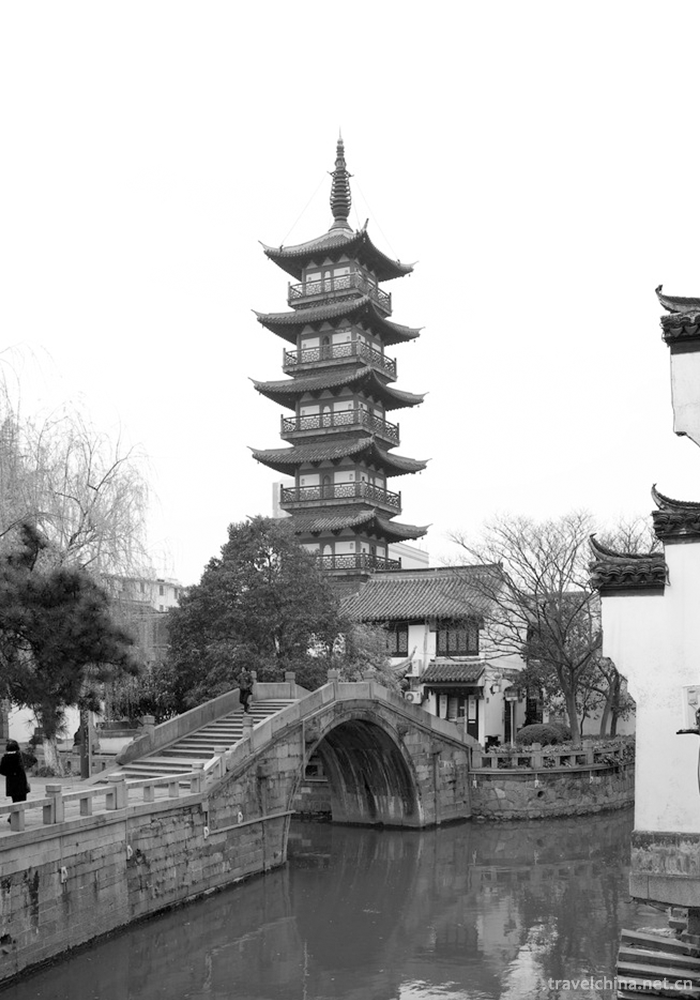
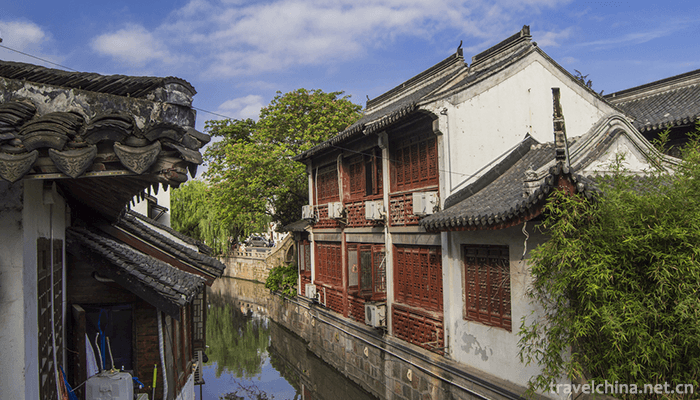
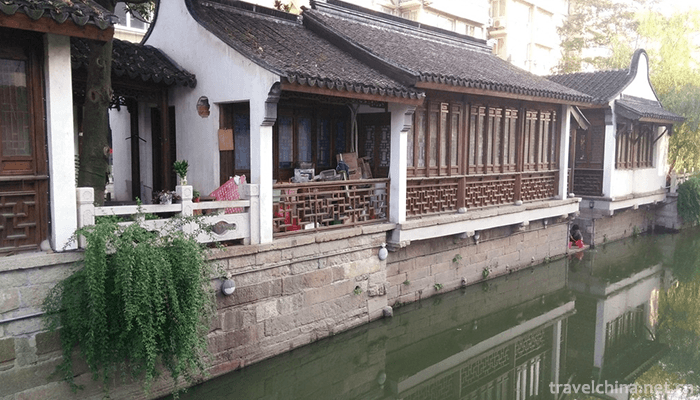
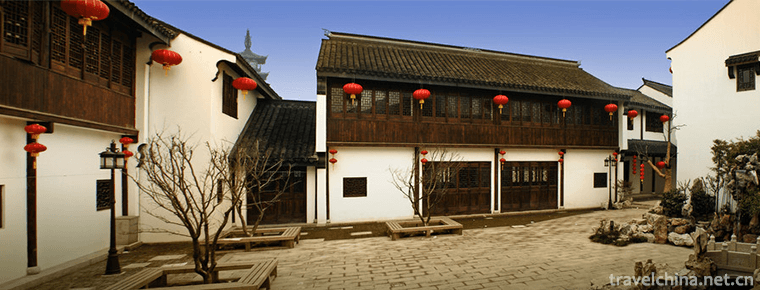
Zhou Qiao old street
-
dalian forest zoo
Dalian Forest Zoo is located in Baiyun Mountain Scenic Area, Dalian, covering an area of 7.2 square kilometers. The zoo is divided into two parts: the first phase of captivity and the second phase of
Views: 176 Time 2019-01-06 -
Tianlong Tunpu
Tianlong Tunpu Town is located in Pingba District, Anshun City, western Guizhou Province. Deep in the mountains of karst landform, Tiantai Mountain and Longan Mountain are two mountains
Views: 201 Time 2019-02-21 -
Anguo City
Anguo City, formerly known as Qizhou, is now the jurisdiction area of Baoding City, Hebei Province, 100 kilometers south of Shijiazhuang, the provincial capital.
Views: 293 Time 2019-03-30 -
Forging Technology of Nanjing Gold Foil
Nanjing gold foil forging technology, local traditional handicraft in Nanjing, Jiangsu Province, is one of the national intangible cultural heritage.
Views: 141 Time 2019-06-07 -
Quanzhou North Pipe
Beiguan, also known as Beiqu, Xiaoqu, Quzi, is a kind of traditional folk silk and bamboo music widely spread in Quangang District, Quanzhou City, Fujian Province. China's Beiguan is now only distribu
Views: 235 Time 2019-06-11 -
Tongwei Opera
Tongwei Xiaoqu Opera is a kind of traditional Xiaoqu Opera popular in Tongwei County. In the Ming and Qing Dynasties, Tongwei folk artists absorbed various flavors of Longdong Daoqing, Wanwanwanqiang
Views: 204 Time 2019-06-21 -
Wudang Mountain Palace Viewing Taoist Music
Wudang Mountain Palace Taoist Music is the product of the combination of excellent traditional folk culture in Qinba area of Hubei Province and court music from Tang Dynasty to Ming Dynasty. It is the
Views: 252 Time 2019-06-30 -
Sichuan Conservatory of Music
Sichuan Conservatory of Music, whose predecessor was "Sichuan Provincial Drama Education Experimental School" founded in 1939, has experienced such periods as "Sichuan Provincial Music
Views: 219 Time 2019-08-31 -
Hua Tuo
Hua Tuo (about 145 ad - 208 AD), the character is changed into one. Pei country Qiao County People, Eastern Han Dynasty The famous medical scientist at the end of the year.
Views: 239 Time 2019-09-07 -
Four famous Chinese embroidery
Suzhou embroidery is famous for its fine stitches, elegant colors and fine embroidery. It has the characteristics of flat, light, even, harmonious, fine and dense. The theme is mainly about small animals. Such as "cat play", "wind through flowers",
Views: 332 Time 2020-12-12 -
Neijiang in the new China period
From December 5 to 15, 1949, the people of Neijiang and other eight counties declared liberation one after another. In 1950, the office of Zizhong Commissioner moved to Neijiang and was renamed Neijiang special area. It has jurisdiction over Neijiang
Views: 251 Time 2020-12-16 -
Leshan social service
By the end of 2018, there were 13 social welfare homes in Leshan City with 2908 beds and 2182 people in the hospital. The sales of social welfare lottery tickets totaled 385.69 million yuan, raised 109.75 million yuan of welfare lottery public welfare fund,
Views: 176 Time 2020-12-17

